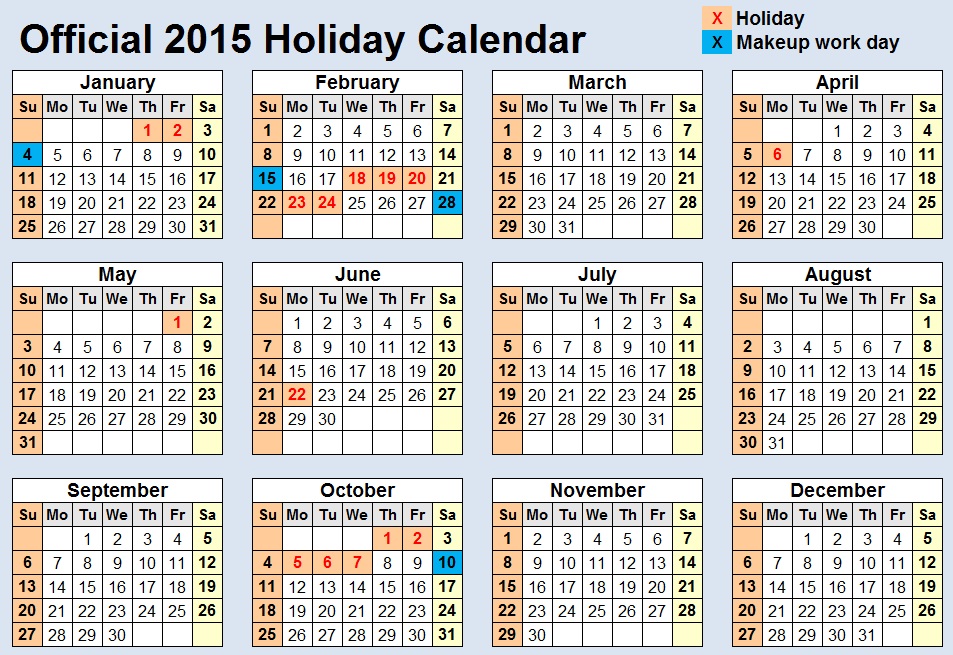
Mosaic pavement of a zodiac in the 6th century synagogue at Beit Alpha, Israel. As the Hebrew calendar was developed in the region éast of the Mediterranean Sea, references to séasons reflect the times and climate of the Northern Hemisphere. Because of the roughly 11 day difference between twelve lunar months and one solar year, the calendar repéats in a 19-yéar cycle of 235 lunar months, with an extra lunar month added once every two or three yéars, for a total of 7 times per 19 yéars.


The "modern" form is a fixed arithmetic lunisolar calendar.

Two major forms of the calendar have been used: an observational form used before the destruction of the Second Temple in 70 CE, and based on witnesses observing the phase of the moon, and a rule-based form first fully described by Maimonides in 1178 CE, which was adopted over a transition period between. Artikel ieu keur dikeureuyeuh, ditarjamahkeun tina basa Inggris Basajan.


 0 kommentar(er)
0 kommentar(er)
